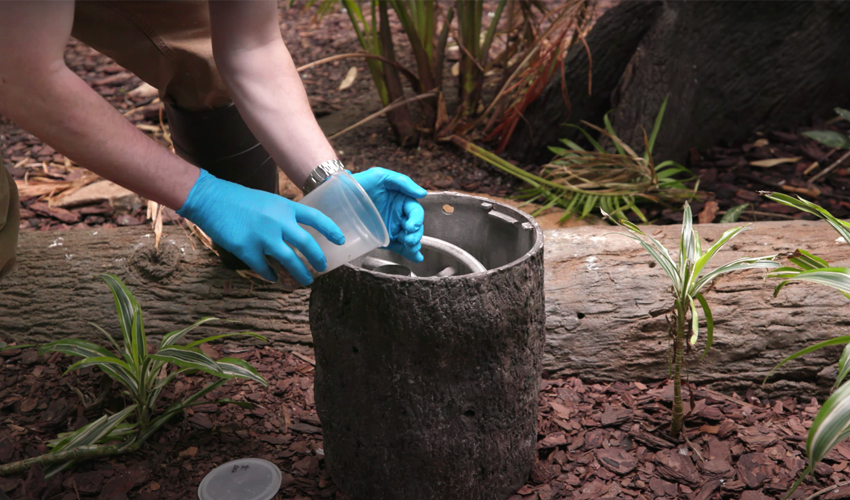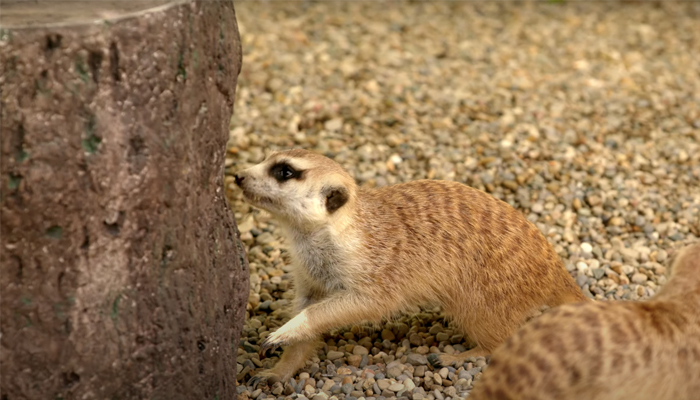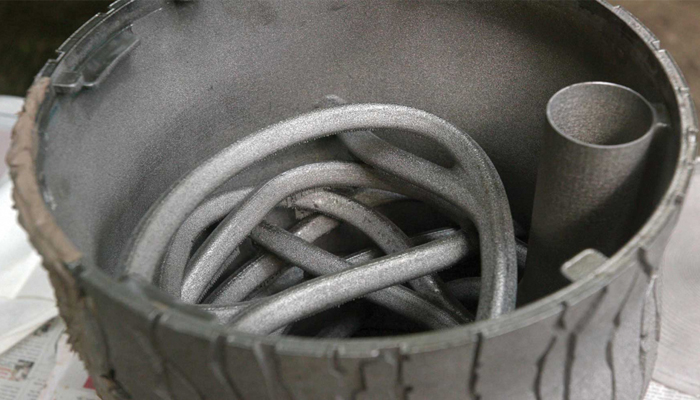3D printing helps meerkats imitate wild behavior

In the United States, the Cincinnati Botanical Garden and Zoo has partnered with GE Additive to use 3D printing on a project that could help certain animal species mimic wild behavior. Metal additive fabrication has played a key role in this initiative. The aim of the project was to create a feeder that would encourage meerkats to behave in a natural foraging situation. This way, the animals would be able to better develop their wild instincts, overcoming the challenges of life in captivity. But how can 3D technology influence the behavior of animal species?
The Cincinnati Zoo is home to more than 2,000 animals, and its main commitment is to provide impeccable care for each of them. David Orban, the zoo’s Excellence Manager, is responsible, along with his team, for documenting how the animals spend their days and interact with their environment. In particular, he focused on meerkats and on enhancing their natural instincts in captivity. Orban said, “We have come up with the idea of creating a more complex feeder that will extend the duration of foraging, in turn, extending the physical activity and mental stimulation of the animals, leading to more natural behavior“. One of the main challenges of this project was the communication between the teams, from engineer to zoologist and vice versa. The other was to help the Cincinnati Zoo team understand all the possibilities of 3D printing.

The aim of the project is to encourage the natural behavior of meerkats.
The zoo’s main request was that the animal enrichment device be functional and look natural within the environment. To do this, GE Additive engineers in Cincinnati gathered information from the caretakers and thought about how 3D printing could help solve this problem. After several meetings, the team of zookeepers and GE Additive engineers began to exchange design ideas for the new feeder. The advantage of additive manufacturing in this context is that it allows a design to integrate any type of shape, angle, structure or texture that is needed, whether it is metal or plastic.
The final idea consisted of a device that randomly dispenses food into habitats, simulating an experience that animals would have in nature. This will disconnect the human caretakers from the animals in the feeding process. The exterior of the device replicates a tree trunk with a bark-like texture, and the interior of the feeder has a central cricket enclosure, which is connected to tubes of varying length that exit the device at different points outside. In this way, depending on the tube the cricket selects, it will take a different amount of time to exit the device, “providing” crickets to the animals at different times.

GE Additive used 3D metal printing to create the prototype feeder.
Shannon Jagodinski, GE Additive’s chief engineer, commented, “After this feeder concept was selected, I had some questions. How big is a cricket and what size tube do they need to crawl through? We received information from the zoo’s insect team and tested three different tube sizes. We printed prototype tubes with three different diameters and tested them in a cricket enclosure at the zoo to see which size worked best“. However, in order to use SLS technology, the engineers had to consider several concepts to make the design efficient. Among them, they evaluated the orientation of the part on the construction plate and the removal of dust in post-processing.
GE Additive has already committed to delivering several of the feed devices to the Cincinnati Zoo and is looking forward to the reopening of the Zoo once the health crisis caused by the Covid-19 is over. You can find more information on the Cincinnati Zoo website HERE.
What do you think about these 3D printed animal feeders? Let us know in a comment below or on our Facebook and Twitter pages! Don’t forget to sign up for our free weekly Newsletter, with all the latest news in 3D printing delivered straight to your inbox!






